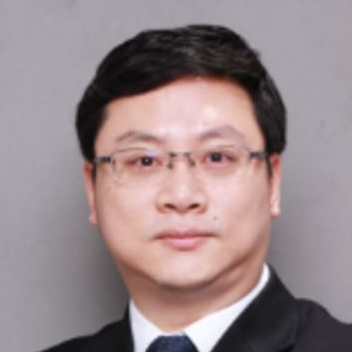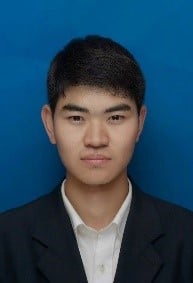Metamaterials for Wireless Power Transfer
A special issue of Materials (ISSN 1996-1944). This special issue belongs to the section "Electronic Materials".
Deadline for manuscript submissions: closed (10 April 2023) | Viewed by 5312
Special Issue Editors
Interests: wireless power transfer; metamaterials; high-frequency power converter
Interests: metamaterials; electromagnetic compatibility; novel antennas; wireless power transfer and harvesting technology
Interests: metamaterials; microwave engineering; wireless power transfer
Interests: wireless power transfer; low-frequency metamaterial
Special Issues, Collections and Topics in MDPI journals
Special Issue Information
Dear Colleagues,
We would like to invite you to submit original research and review articles to a Special Issue on the topic of “Metamaterials for Wireless Power Transfer” in Materials (IF: 3.623, ISSN 1996-1944).
Wireless Power Transfer (WPT) technology has attracted a great amount of attention due to its convenience, reliability, and safety. However, although the WPT technology has numerous advantages, the transfer efficiency in WPT systems decreases rapidly as the distance increases, and large electromagnetic field (EMF) noise is inevitably generated in WPT charging systems and potentially harmful to electronic components, even to human health. The application of the metamaterial in WPT systems has received a great deal of attention in improving the transfer efficiency and reducing the leakage of EMF in recent years. This Special Issue will include, but is not limited to, the following topics:
- Metamaterial-based WPT systems;
- Electromagnetic compatibility for metamaterial-based WPT systems;
- Metamaterial energy harvesting;
- Theoretical research for metamaterial-based WPT systems;
- Magneto-inductive wave for WPT systems via metamaterial;
- Programmable metasurfaces for WPT systems;
- Other advanced electrical materials in WPT systems, such as superconductor, ferrite and nanocrystalline.
Prof. Dr. Minghai Liu
Dr. Long Li
Prof. Dr. Yunhui Li
Dr. Cancan Rong
Guest Editors
Manuscript Submission Information
Manuscripts should be submitted online at www.mdpi.com by registering and logging in to this website. Once you are registered, click here to go to the submission form. Manuscripts can be submitted until the deadline. All submissions that pass pre-check are peer-reviewed. Accepted papers will be published continuously in the journal (as soon as accepted) and will be listed together on the special issue website. Research articles, review articles as well as short communications are invited. For planned papers, a title and short abstract (about 100 words) can be sent to the Editorial Office for announcement on this website.
Submitted manuscripts should not have been published previously, nor be under consideration for publication elsewhere (except conference proceedings papers). All manuscripts are thoroughly refereed through a single-blind peer-review process. A guide for authors and other relevant information for submission of manuscripts is available on the Instructions for Authors page. Materials is an international peer-reviewed open access semimonthly journal published by MDPI.
Please visit the Instructions for Authors page before submitting a manuscript. The Article Processing Charge (APC) for publication in this open access journal is 2600 CHF (Swiss Francs). Submitted papers should be well formatted and use good English. Authors may use MDPI's English editing service prior to publication or during author revisions.
Keywords
- wireless power transfer
- metamaterials
- magnetic resonance
- magneto-inductive wave
- wireless energy harvesting
- programmable metasurfaces
- advanced electrical materials
- electromagnetic compatibility









